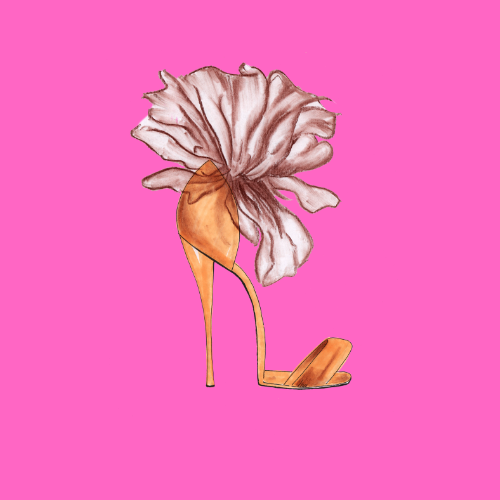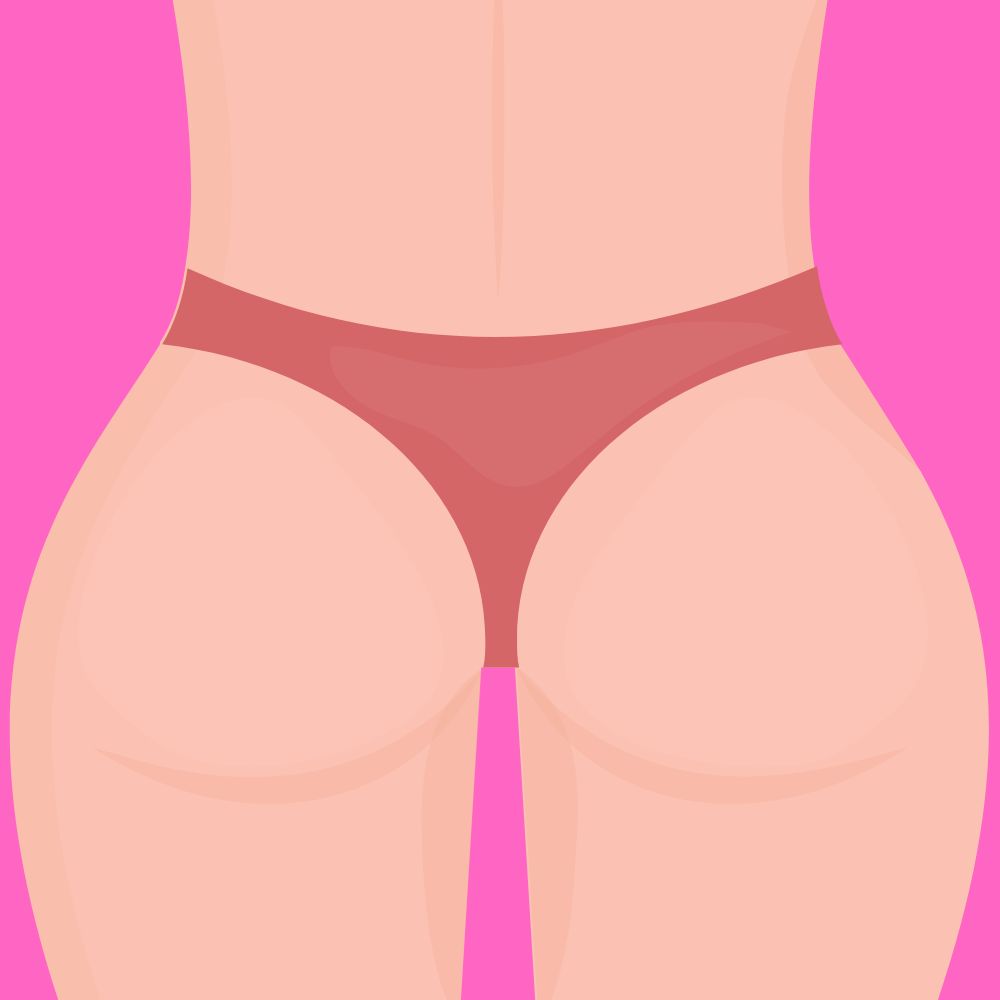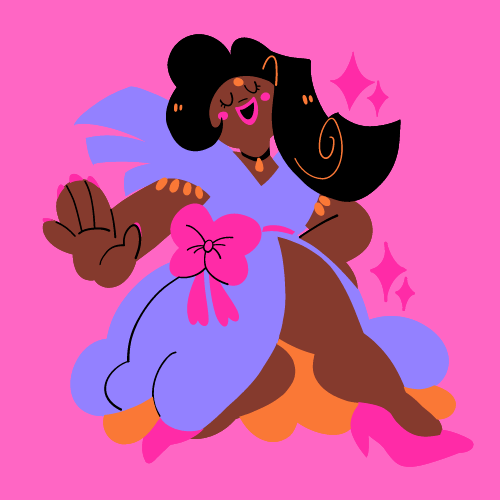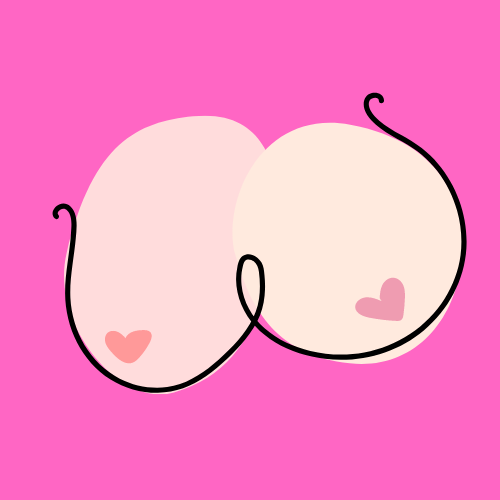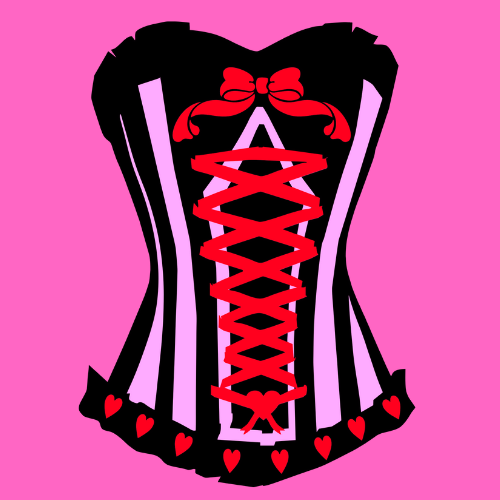Drag culture has long been a vibrant and integral part of the LGBTQ+ community, captivating audiences with its bold, unapologetic, and ever-evolving artistry. From the underground ballrooms of the 1920s to the global phenomenon it is today, the history of drag is a testament to the resilience, creativity, and sheer fabulousness of those who have donned wigs, heels, and sequins to express their true selves.
The Roots of Drag: From Vaudeville to Stonewall
The origins of drag can be traced back to the early 20th century, where performers in vaudeville and burlesque shows would don feminine attire to entertain audiences. These early drag artists, often referred to as "female impersonators," paved the way for the drag culture we know and love today. However, it wasn't until the Stonewall riots of 1969 that drag truly found its voice as a powerful form of political and social expression.
The Golden Age of Drag: RuPaul and the Mainstream Explosion
In the 1990s, the world was introduced to the incomparable RuPaul, whose groundbreaking television series "RuPaul's Drag Race" catapulted drag into the mainstream. This Emmy-winning show not only showcased the incredible talent and artistry of drag performers but also helped to destigmatize and celebrate drag culture on a global scale. The success of "Drag Race" has inspired a new generation of drag artists, who continue to push the boundaries of what it means to be a drag queen.
Drag Today: Diversity, Inclusivity, and the Fight for Equality
In the 21st century, drag has evolved to become a powerful platform for LGBTQ+ visibility, advocacy, and self-expression. Drag artists of all backgrounds, identities, and experiences are using their platforms to amplify marginalized voices, challenge societal norms, and advocate for LGBTQ+ rights. From the glittering stages of Las Vegas to the vibrant Pride parades around the world, drag has become a symbol of resilience, creativity, and the unapologetic celebration of one's true self.
As we sashay through the ages, the history of drag culture reminds us that the art of transformation is not just about makeup and costumes, but about the power of self-expression, the courage to be authentic, and the transformative magic that happens when we embrace our inner diva. So, let's raise a glass (or a stiletto) to the trailblazers, the visionaries, and the queens who have paved the way for drag to become the global phenomenon it is today.


